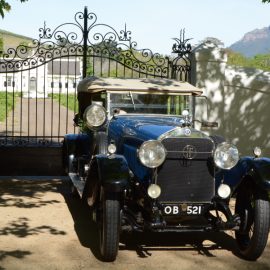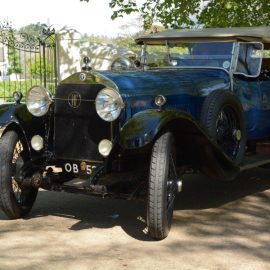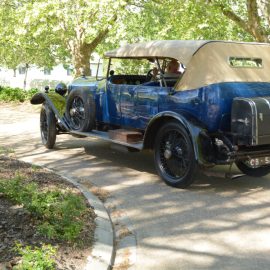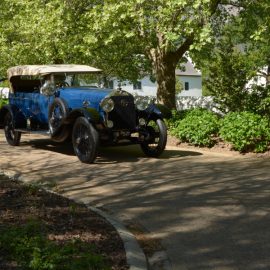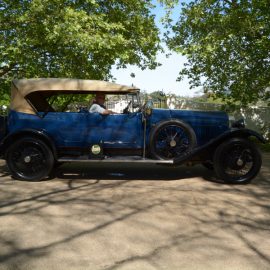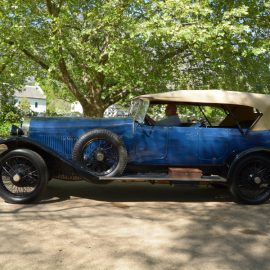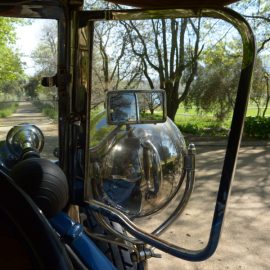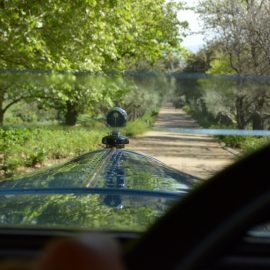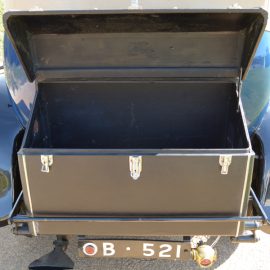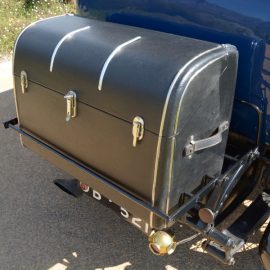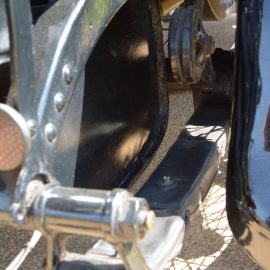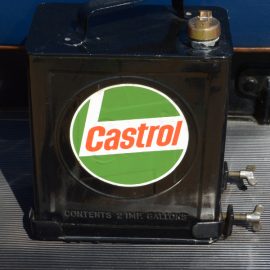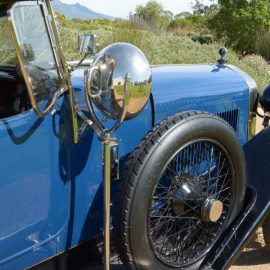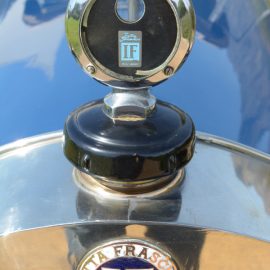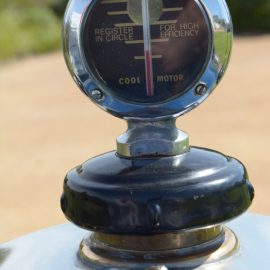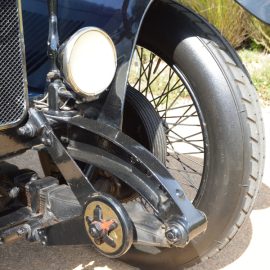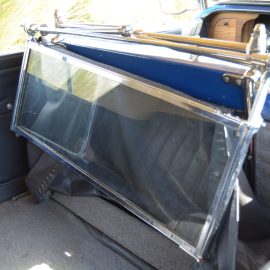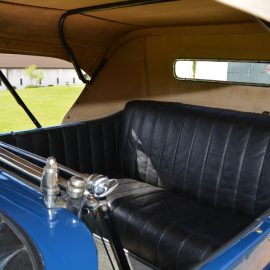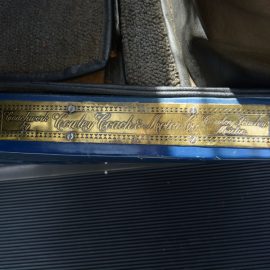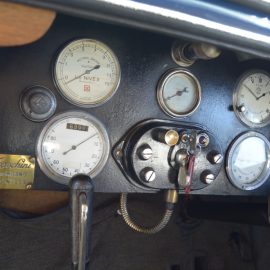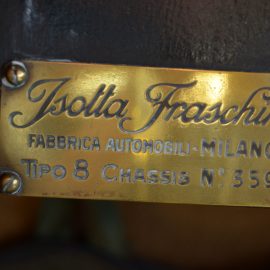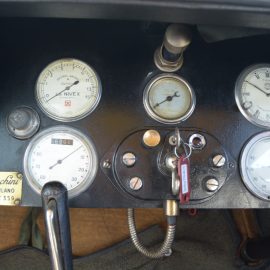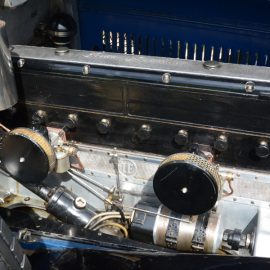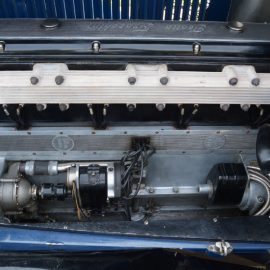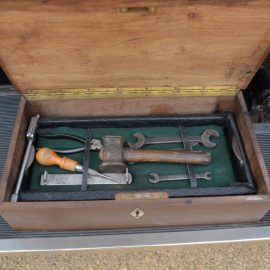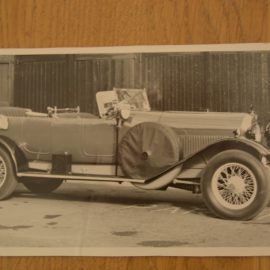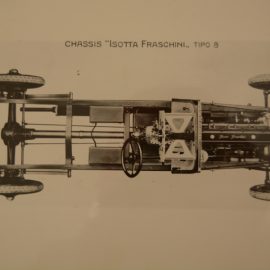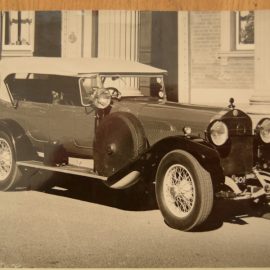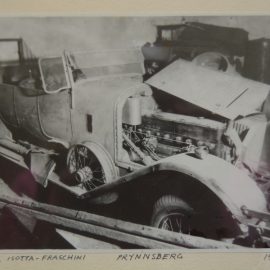
27 May Behind The Wheel
Società Milanese Automobili Isotta, Fraschini & Co was founded in 1900 and its motto was ‘Import, sell, repair cars’. The company began its business by assembling Renaults before moving on to producing its own vehicles in 1904 and its most popular model, the Tipo 8, appeared at the 1919 Paris Show. It was an uncomplicated chassis with semi-elliptic springs all round and four-wheel brakes. The engine was a massive 5902cc monobloc straight-eight, the first such layout to be fitted to a production car.
FMM’s example was built in 1922 and appears to have been originally owned by J G Parry Thomas, the famous Welsh engineer and racing driver who was fatally injured attempting a new land speed record on Pendine Sands in 1927. Ernest Newberry bought the car from Thomas’ estate. The Newberry family set about collecting (mainly cultural) art including many Egyptian relics, and there is a school of thought that believes that they ‘obtained’ some ‘undisclosed’ artefacts from the tomb of Tutankhamun because a Percy Newberry was the right-hand man of Howard Carter, who discovered the tomb.
Charles Newberry relocated to South Africa in 1864 and the future diamond mining magnate established the majestic Prynnsberg Manor Estate near Clocolan in the Free State in 1879. But as time went on the estate fell into disarray, and by the time it reached Trevor, the third generation Newberry, many of its contents – including some Egyptian artefacts as well a number of opulent automobiles – were sold off to cover debts and alcohol addictions. The remnants of this Isotta Fraschini were found in pieces scattered over 30 hectares of estate and were purchased in 1954 by eminent South African classic car collector Waldie Greyvensteyn, who set about rebuilding the car. A number of vital parts were missing but over the next six years these were either replaced with spares or remade.
FMM eventually took ownership of the car its sheer size takes some getting used to. The driving position is cramped and the conventional floor-mounted pedal layout requires some effort to operate smoothly, as does the steering at manoeuvring speeds. You have to tap deep into the big, lazy engine’s torque reserves to get rolling but once into the high top (third) gear there is a feeling of being master of the road, using the thermometer atop the distant, bold radiator to point the way. Fortunately, the brakes are well up to their task.
Sadly, Isotta Fraschini was seriously affected by the economic crisis of the 1930s and by the disruptions of WW2, and the company stopped making cars in 1949. Fortunately, surviving examples of the brand allow us to appreciate the company’s products and sheer Hollywood-ness of the Tipo 8 certainly leaves a lasting impression, especially one with such a provenance as this example.




